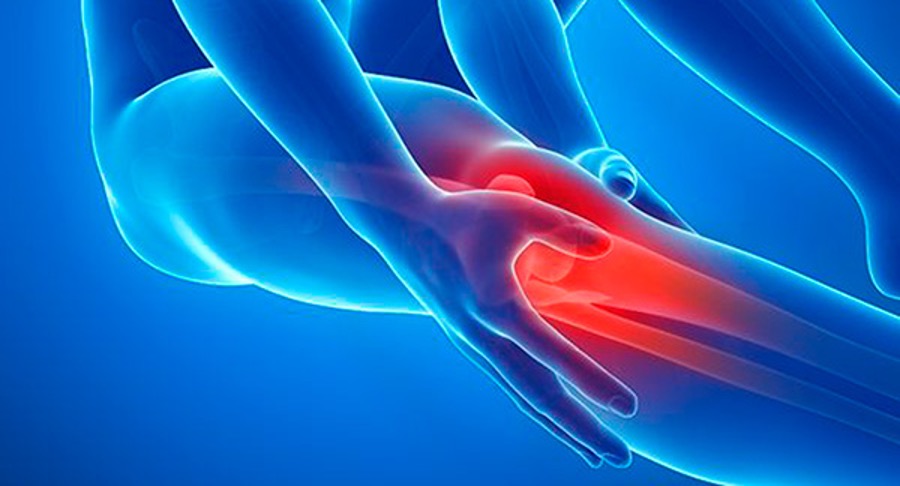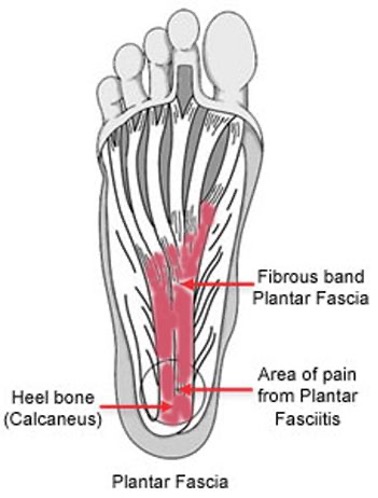NOW more than ever, many Australians are working from home workstations that have not been professionally setup and may be sub-optimal. It isn’t a surprise that there has been an increase in cases of neck pain presenting to health professionals. Last year the International Association for the Study of Pain concluded that: “neck pain is one of the most common musculoskeletal conditions” with 21 per cent of people having neck pain last year, and over 2.5 million Australians will have neck pain annually.
Some of the common presentations of neck pain:
Neck strain
This can sometimes be caused by some sort of injury, whereby the neck is moved quickly when one or more neck muscle moves too far, or prolonged poor posture, where neck muscles are required to hold the head for an extended time in a forward position. An increasingly common presentation is text neck, caused by looking down at a phone screen for a long time.
It also occurs after lifting something too heavy or after a fall or collision.
Muscle spasm/pain
A muscle spasm is an involuntary muscle movement which is often associated with pain and muscles can be tender to touch. This can occur due to overexertion or prolonged physical or emotional stress. The underlying cause is often the ‘deep’ muscle is weak and the ‘top’ muscle is over-working and tight.
Whiplash
This is caused by a high velocity movement, where often a muscle in the neck is overstretched. Often the movement is a rapid forward and back movement, but not limited to car accidents; they can occur when playing sport, a trauma, or from a fall.
Headache/dizziness
There are many different types of headaches, including tension headache, cluster headache, migraine headache, thunderclap headache, hormonal headache, exertion headache, hypertension headache, rebound headache and post-traumatic headache. Several of these headaches can occur due to the neck and dizziness can occur from an inner ear problem.
Facet joint pain
Commonly described as a deep, sharp, or aching pain. The pain can intensify if you lean your head towards the affected side, and it may radiate to your shoulder or upper back. Arthritis in the facet joint can also occur, in which morning pain and stiff ness is common, also after a period of inactivity.
A structure compressing the nerve
This is often a sharp, fleeting, severe pain, sometimes with pins and needles. Depending on the nerve involved, the pain and symptoms may radiate into the arm and the hand.
Risk factors for neck pain:
- Poor workstation setup
- Poor sleep habits
- Low job satisfaction
- Stress, anxiety and depression
- Reduced spinal flexibility
- Past history of shoulder or upper back pain
- Poor movement of the shoulder blade
This is just general information, for a comprehensive assessment and diagnosis, phone 92037771 or visit www.ngp.net.au to make an appointment with Robert today.




